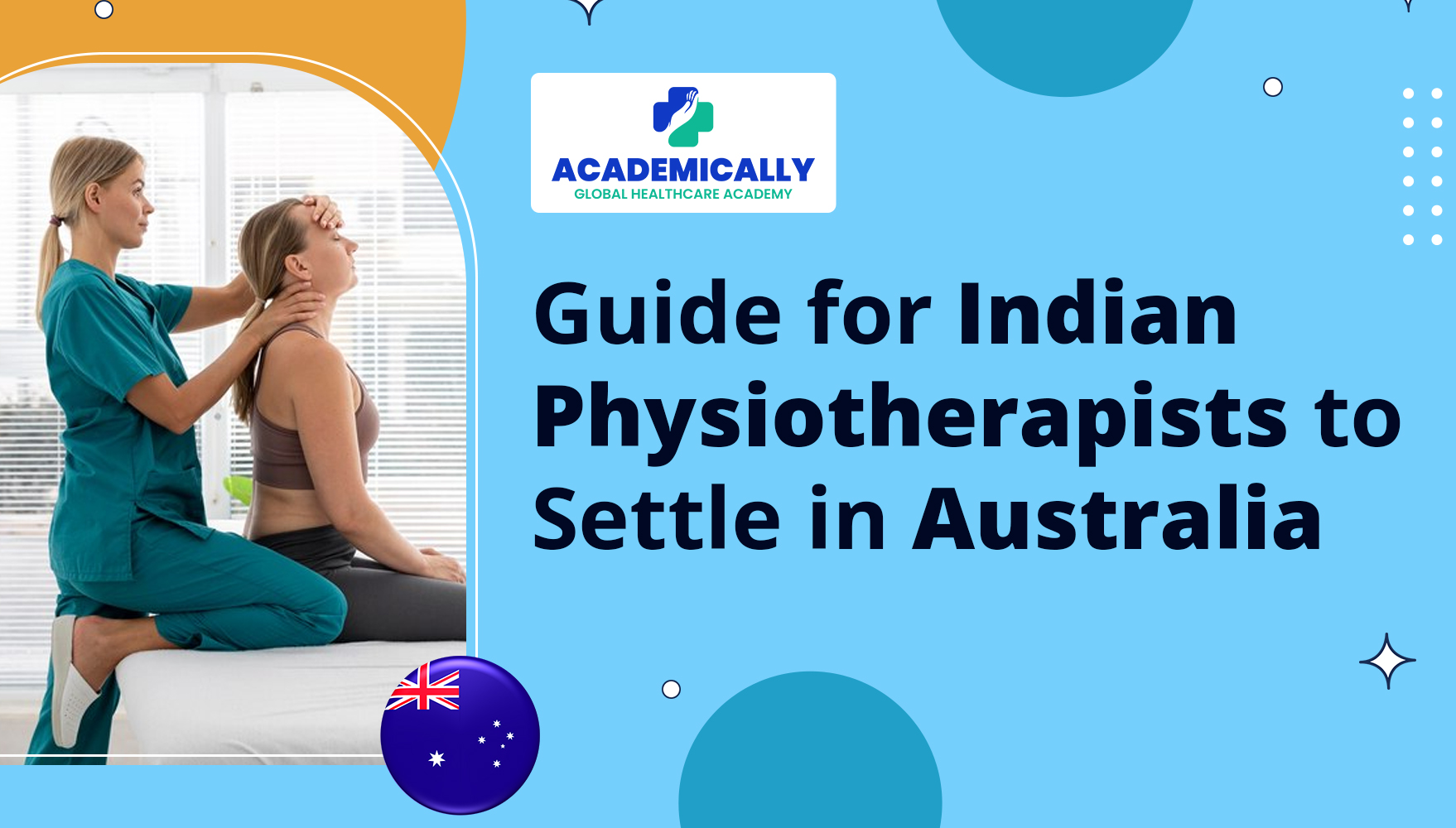Why Australia?
The healthcare system of Australia is ranked among top countries with quality care and patient outcomes. The need for physiotherapists in Australia has been constant because of the ageing population and increasing recognition of benefits of physiotherapy for managing chronic diseases. This has led to internationally trained physiotherapists, specifically those from India to have rewarding careers in Australia.
Understanding the APC Exam
The APC examination is basically a way through which Indian physiotherapists can prove their competence so that they can be registered under Australian law. It ensures that you meet the knowledge and skill standards established by the Physiotherapy Board of Australia, known as Physiotherapy Practice Thresholds.
Exam Pathways: The APC exam offers different assessment pathways, but most candidates opt for the standard assessment pathway. Here’s how you can qualify:
- Educational Qualification: You must hold a minimum of a 4-year degree in physiotherapy from a recognized institution in your home country.
- Professional Registration: You need to be a registered physiotherapist in your home country, with active registration in your home country's regulatory body.
Steps to Becoming a Registered Physiotherapist in Australia
These are the steps, explained in detail, to be taken by the international pharmacy graduates to become registered physiotherapists in Australia and start their physiotherapy practice in this beautiful country.
1. Obtain an Interim Certificate
All the international physiotherapy graduates are all required to first obtain an Interim Certificate, which is provided after the completion of the Eligibility Assessment and Cultural Training, details of these are mentioned below. The interim certificate is valid for two years and obtaining it is the first step in getting registered as a physiotherapist with Aphra.
A. Eligibility Assessment: This initial step involves submitting all necessary documents for review. The Australian Physiotherapy Council will assess your credentials to ensure they meet Australian standards.
B. Cultural Safety Training: Australia values diversity and requires healthcare professionals to complete Cultural Safety Training. This training helps you understand and respect diverse cultural perspectives in healthcare practice, which is crucial in a multicultural country like Australia.
2. APC Written Assessment
The APC Written Assessment is a crucial step that tests your knowledge, problem-solving abilities, and decision-making skills. The exam consists of two papers, which can be taken on the same day. This written assessment can be done remotely, meaning you can take the exam from your home country.
3. English Proficiency
Since Australia is an English-speaking country, proving your English language proficiency is necessary for working there. This requirement is to make sure you can properly communicate in both professional and everyday settings. You need to pass any one of the following exams to prove your English language proficiency to the Australian Physiotherapy Council:
- IELTS: International English Language Testing System
- OET: Occupational English Test
- PTE: Pearson Test of English
A good score in any of these tests is required to truly show your ability to communicate effectively in a healthcare setting in the English language. You can choose to complete the English proficiency test either before or after the written assessment.
4. APC Clinical Assessment
The APC Clinical Assessment is the final and perhaps the most important step in your journey. This assessment evaluates your clinical skills and reasoning in a simulated environment. Unlike the written exam, the clinical assessment must be completed in Australia. It provides a platform to showcase your practical abilities and ensure you meet the standards expected of a physiotherapist in Australia to become registered there.
You can take the English Proficiency Test either before or after the APC Clinical exam.
Ready to take the next step?
Getting registered in Australia as a physiotherapist involves going through many steps, from obtaining an interim certificate to passing the APC exam and showing proficiency in the English language. The journey is challenging, but the opportunities and rewards that await you in Australia's thriving healthcare sector make it all worth it.
At Academically, we understand the challenges of the process and this is exactly why we offer a personalised and comprehensive preparation course, led by experienced instructors of this field, and support to help you succeed. Our experts provide individual guidance to ensure you’re well-prepared for the APC exam, including both written and clinical assessments.
Visit our website to learn more about our tailored courses and take the first step towards achieving your dream of becoming a registered physiotherapist in Australia. Your future in Australia is in safe hands with Academically!



